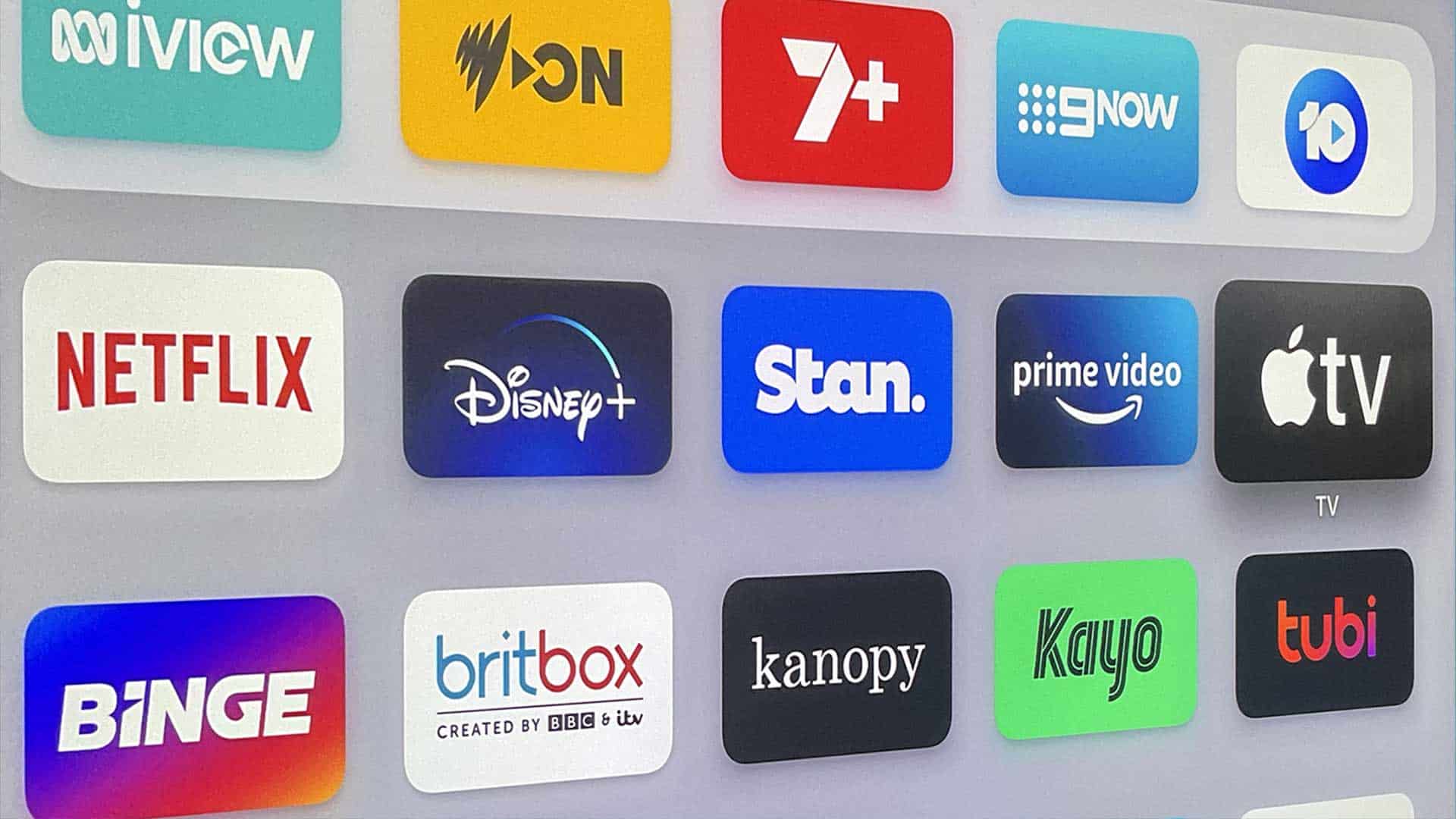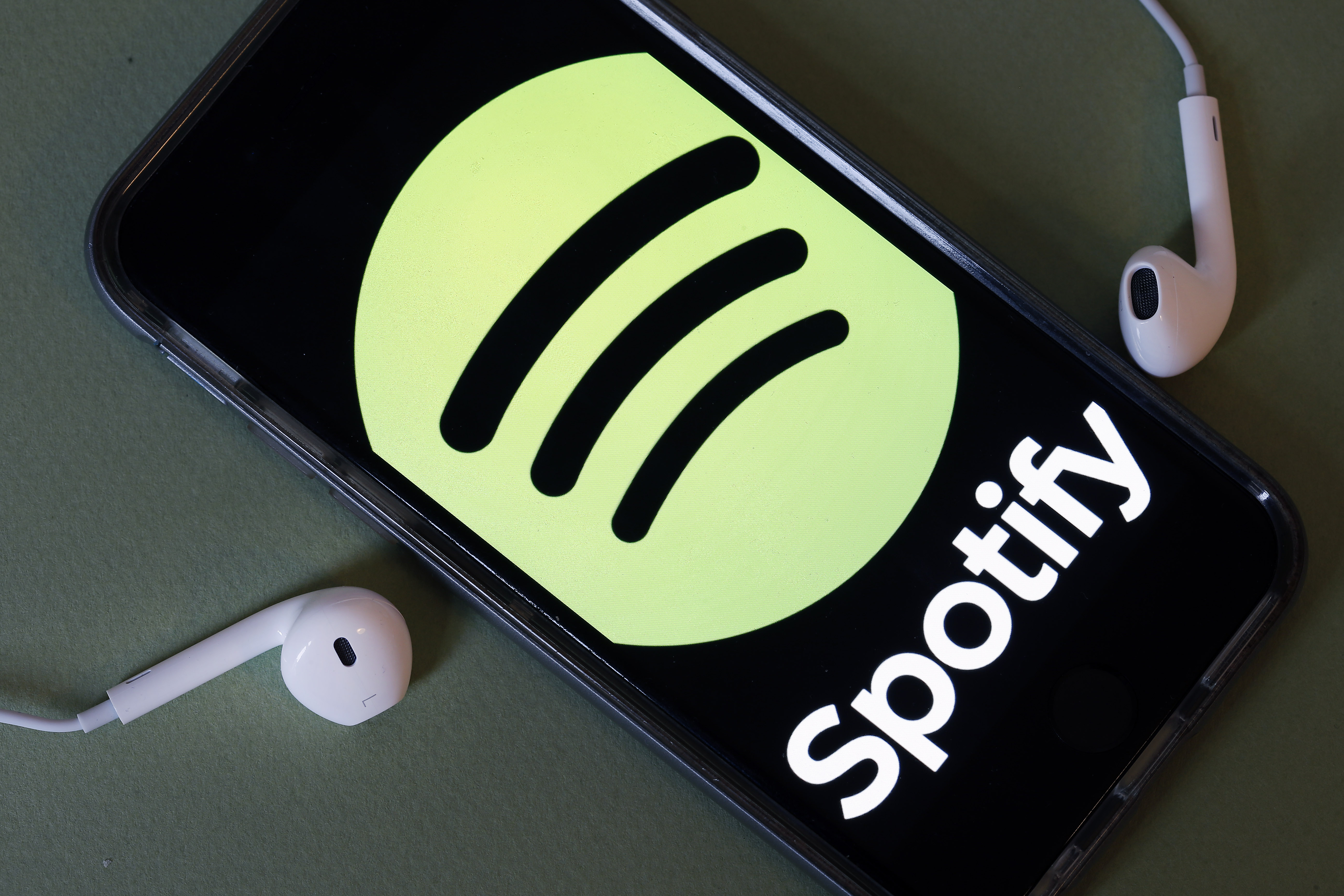Topic: Streaming Services Copyright
Introduction
People are becoming more and more in need of digital content as the digital age progresses. The reason online streaming services are so popular as a digital content format is because they don’t require downloading and are easy to utilize at any time or location. The emergence of streaming services has completely changed how we consume information for enjoyment. As more streaming platforms emerge, users are able to watch movies, TV series, and other entertainment on-demand from any location at any time. However, there are also additional difficulties and legal concerns with the streaming times, particularly with regard to copyright. As the consequence, we must thoroughly investigate this.

Image credit: Future
Streaming platforms and copyright overview
Over the past few decades, streaming services have changed and are always developing. The 1990s saw the emergence of broadband networks and the widespread use of the Internet, which created an environment that was conducive to the growth of streaming media services(Jack Lee, 2005). The majority of the first streaming services were audio-only. As Internet technology advances, media streaming services for videos have increasingly become more prevalent. YouTube was established in 2005 as a website where users could create, share, and view videos. Subsequently, an increasing number of video streaming services have surfaced, including Netflix, Hulu, Amazon Prime Video, and others. These services provide consumers personalized suggestions and other value-added services in addition to high-quality video material like TV dramas and movies. Globally, streaming video services have grown in popularity and usage in recent years.
Copyright protection is fundamental to the streaming media industry. An increasingly significant means of cultural communication with the advent of digital technology is the streaming media platform. Internet distribution of media such as music, films, TV shows, and other works is simple. Another consequence of this is the complexity and importance of copyright protection for streaming networks. Some platforms may face monetary fines and other legal repercussions if their copyright isn’t sufficiently protected. additionally, if the streaming service does not give users sufficient copyright protection. Brand trust and market share could be lost. Consumers, artists, copyright holders, and the entire industrial chain all have interests in copyright preservation. As such, copyright protection needs to be given higher precedence. Enable the streaming media business to grow healthily by providing an environment that is favorable to copyright protection.
The protection of copyright is facing additional difficulties with the rise of streaming media services(Martin Fredriksson, 2020). In the digital age, distribution and replication have gotten simpler. Owners of copyrights are more vulnerable to piracy. Considering that streaming service companies must pay for the rights to allow customers to access their content. The content cannot be made available by the streaming service provider without the copyright holder’s consent. Via streaming services, some users might distribute and exchange copyrighted information unlawfully. The interests of copyright holders are harmed by this. Consequently, streaming media service providers and copyright holders now face a critical issue: how to safeguard copyright effectively.

An advertisement for copyright and patent preparation services from 1906, when copyright registration formalities were still required in the US
Type of streaming media service
Platforms for streaming videos are currently mostly separated into two categories. One is a website that requires a membership, like Hulu, Netflix, and so on The other is websites like YouTube, Twitch, and others that rely on advertising. High-quality material, like TV shows and movies, are usually available on subscription-based platforms, which charge customers a monthly subscription fee. Platforms for ad models monetize their consumers’ viewing of advertising. Platforms for streaming videos though also have certain difficulties. The first is copyright. The platform has to invest a lot of time and energy in handling copyright issues because of the intricacy of video content ownership. The second issue is inconsistent content quality, which arises from a high number of people uploading content to the platform. Some content even contains unlawful issues. And lastly, the question of competitiveness. In order to be competitive in the market, platforms must continually enhance their user experience and service quality as the competition heats up.
A platform for streaming music is an online music service that makes it possible for customers to stream music online. Subscription or advertising revenue is typically the foundation of the business model(Lauri Rechardt,2015). In order to access premium features and services like offline listening and high-quality audio, users must pay for a membership. Subscription fees and advertising revenue are how the site generates income. However, copyright concerns must be addressed by music streaming services. Because music copyright is so complicated, platforms must negotiate with several copyright holders in order to secure licenses for the usage of music. During this process, the platform must safeguard user rights and interests while simultaneously considering the interests of copyright holders. Furthermore, platforms face challenges in complying with cross-border regulations due to variations in copyright laws across various nations and areas. As a result of the variety of customer wants, music streaming platforms also encounter difficulties. When listening to music, users can also prefer playlists that are specifically tailored to them. The platform must consistently engage in algorithm improvement and technical innovation in order to accommodate this demand.

Photo by Chesnot/Getty Images
Measures to protect the copyright of streaming services
The Digital Millennium Copyright Act (DMCA) and Digital Rights Management (DRM) are two crucial tools for copyright protection of streaming media. While DMCA is a U.S. statute that lays out methods and guidelines for copyright protection in the digital environment. The DRM is a technique used to protect copyright in digital content. In terms of digital copyright protection, they have distinct functions.
Congress of the United States passed the DMCA in 1998. Its purpose is to safeguard digital works’ copyrights, such as those of software, music, and movies. As the Internet grows at a rapid pace, more and more digital works—like music and movies—are being stolen and shared online, causing copyright holders to suffer significant losses. The US government cracked down on piracy and punished it with the Digital Copyright Act in an effort to address this issue. The measure prohibits the provision or sale of tools for cracking digital copyright protection technology. Furthermore, the law has certain exclusions aimed at shielding content providers and Internet service providers from allegations of infringement. Particularly in the area of streaming media, the DMCA has been crucial in preserving the copyright of digital works(Bryan Bello & Patricia Aufderheide,2021).
DRM is a type of digital rights management that uses licensing control and encryption to safeguard digital material ownership. DRM is frequently employed in streaming services to safeguard protected media, including TV series, films, and music(Britannica,2023). In order to guarantee that copyright owners receive just compensation, DRM technology can impose restrictions on users’ access to and use of such content. Streaming service providers can safeguard their copyrighted content with the aid of DRM. Streaming service providers can protect copyright holders’ profits by limiting user access to and usage of copyrighted content through the deployment of DRM technology. DRM can also stop unauthorized digital content from being copied and distributed, giving copyright holders further protection.
Conclusion
Streaming services have revolutionized the way we consume entertainment media in the digital age, but they have also presented new difficulties for copyright law. The problem facing today’s streaming media providers is how to strike a compromise between user needs and copyright protection. A few of the problems that need to be resolved to guarantee the protection of authors and customers are piracy, infringement, and fair use. Users’ legal usage rights must be protected while copyright protection is reinforced.
Future developments and innovations in streaming media are to be expected, but stronger copyright protection laws will also be required. The rise in popularity of streaming services has increased the complexity of copyright issues. To preserve copyright, we need stronger laws, rules, and technological safeguards. To address these issues, we also need to work together more closely. In other words, in order to meet consumer demands and safeguard intellectual property, future streaming services and copyright protection must continuously adapt and change.

Photo by Tima Miroshnichenko
Reference
Bello, B., & Aufderheide, P. (2021). The Public Interest and the Information Superhighway: The Digital Future Coalition (1996–2002) and the Afterlife of the Digital Millennium Copyright Act. Information & Culture, 56(1), 49–89. https://doi.org/10.7560/IC56103
Britannica, T. Editors of Encyclopaedia (2023, August 4). digital rights management. Encyclopedia Britannica. https://www.britannica.com/topic/digital-rights-management
Fredriksson, M. (2020). Information Commons Between Enclosure and Exposure: Regulating Piracy and Privacy in the EU. International Journal of the Commons, 14(1), 494–507. https://doi.org/10.5334/ijc.1034
Lee, J. Y. B. (2005). Scalable continuous media streaming systems : architecture, design, analysis and implementation. J. Wiley.
Rechardt, L. (2015). Streaming and copyright : a recording industry perspective. In WIPO magazine (Issue 2, pp. 2–7).